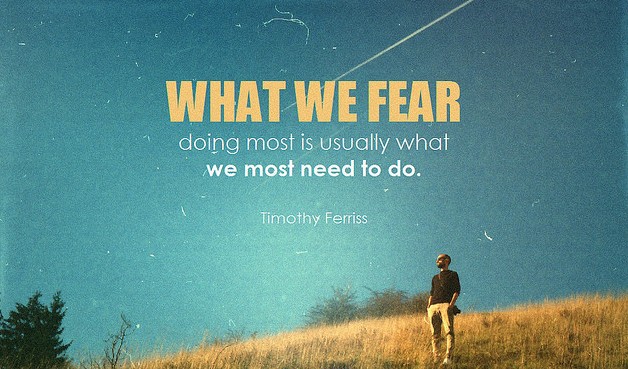Delboeuf Illusion And Food

Jan 18, 2012 An optical illusion documented by Belgian philosopher Franz Joseph Delboeuf in the 1860s could help to explain why smaller plates could help us battle the bulge, according to a new study.
Does the color of your plate affect how much you eat? A new study by Dr. Brian Wansink and Dr. Koert van Ittersum indicates that it does -- or more specifically, that the color contrast between food and plate creates an optical illusion known as the Delboeuf illusion. Named after the Belgian scientist who discovered it in 1865 that induces you to take more than you realize. According to Delboeuf’s findings, when one looks at concentric circles, the perceived size of the interior circle changes when the circumference of the outer circle is altered: as the outer circle becomes larger, the perception is that the inner circle becomes smaller. But, you might be wondering how can this relate to portion size and plate color?
- Here, we studied whether domestic dogs perceive the Delboeuf illusion. In human and non-human primates, this illusion creates a misperception of item size as a function of its surrounding context. To examine this effect in dogs, we adapted the spontaneous.
- The Delboeuf illusion (often in connection with the Ebbinghaus illusion) has been used with great frequency in testing animal perception, since the ability to discern size seems highly relevant for many aspects of survival, particularly regarding food. The perception of the Delboeuf illusion differs greatly depending on the species.
- The Delboeuf illusion appears within real-world decisional settings as well, such that adult humans overestimate food portions (e.g., amounts of cereal) presented in small dishware (assimilation.
Continuing with their previous research on this topic, Wansink and van Ittersum recently conducted a series of experiments to investigate other possible effects of the illusion on food serving behavior. In these new experiments, they explored the effect of the color contrast between the plate and the food, and between the dinnerware and the background (i.e. tablecloth), the combined effect of plate size and color contrast between food and plate, and the effect of attention, or mindfulness, and education on the Delboeuf illusion.
To test the color contrast effect, Wansink and van Ittersum set up a study during a college reunion in upstate New York. Sixty party attendees were split up and directed to buffets serving pasta with either tomato or Alfredo sauce. In line, they were randomly handed either red or white plates. After serving themselves, their portion sizes were weighed using hidden scales. What did the researchers find? The results confirmed their hypothesis: participants who had low contrast between their food and the plates they served themselves on, for example pasta with Alfredo sauce on a white plate or pasta with tomato sauce on a red plate, served themselves 22% - or 32 grams ‘more pasta than participants with high contrast between their food and the plate they served themselves on, for example pasta with tomato sauce on a white plate or pasta with Alfredo sauce on a red plate. Imagine what a difference like that can make on our waistlines, when repeated over time! Interestingly enough Wansink and van Ittersum also found that reducing the color-contrast between the dinnerware and its background (i.e. table, tablecloth or placemat) helps reduce over-serving by as much as 10%.
In addition, Wansink and van Ittersum confirmed that the larger the plate, the smaller people perceive the portion being served on it; that even being aware of the Delboeuf illusion does not necessarily counteract its effects and that while education and awareness do help people make better choices, the Delboeuf illusion still impacts participant’s serving sizes. So, when setting your dinner table, keep in mind the Delboeuf illusion and use these findings to your advantage!
Change your dishware to better accommodate your dining needs. If your goal is to eat less, select plates that have high contrast with what you plan to serve for dinner. Want to eat more greens? Try serving them on a green plate! If replacing dinnerware is difficult, remember that tablecloths are important, too. By selecting a cloth with a low-contrast to the dinnerware, you can minimize the effect of the Delboeuf illusion and lower the likelihood of overeating. Finally, remember The Large Plate Mistake! If you can’t change the color of your dinnerware, using smaller plates leads to consuming smaller portions.
Delboeuf Illusion And Food Project
Source: foodpsychology.cornell.edu
Delboeuf Illusion And Food And Wine
Disclaimer: The information provided is for educational purposes only and does not constitute medical advice. Always seek the advice of your physician or qualified healthcare provider with any questions or concerns about your health. Check with your doctor before beginning any nutrition or exercise program. Never disregard or delay seeking medical advice because of something you have heard or read in this article or the internet.